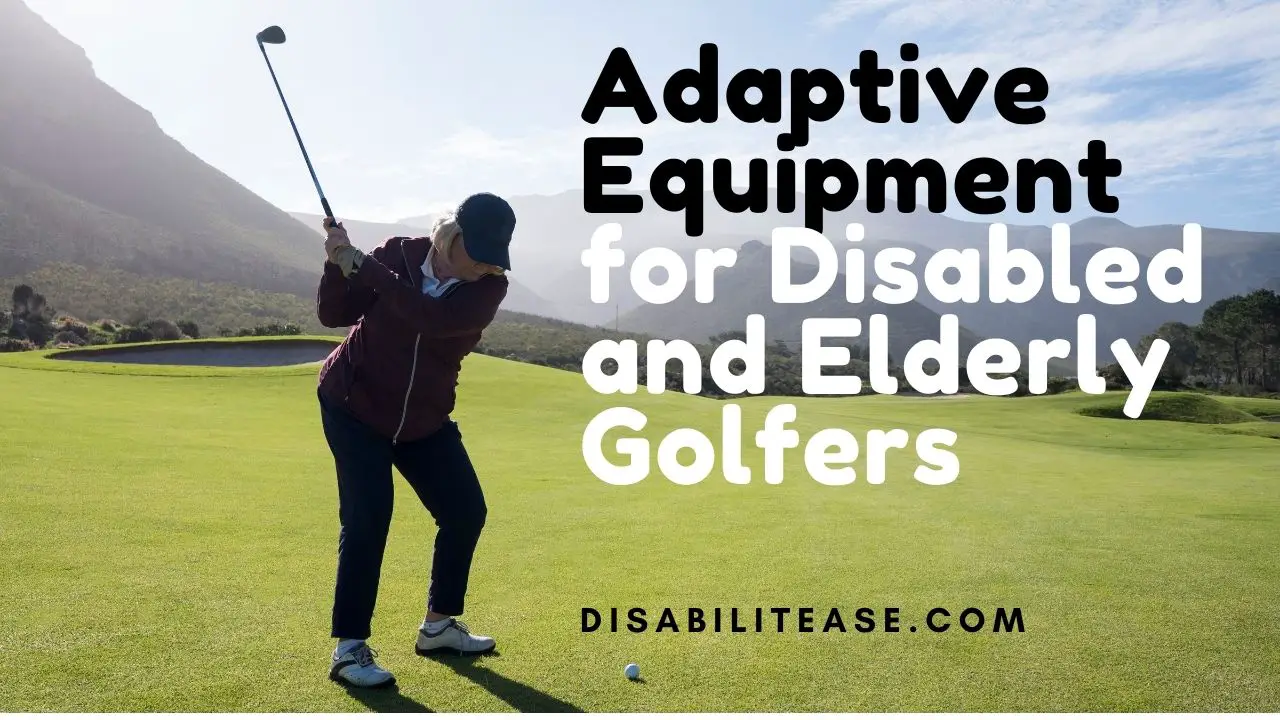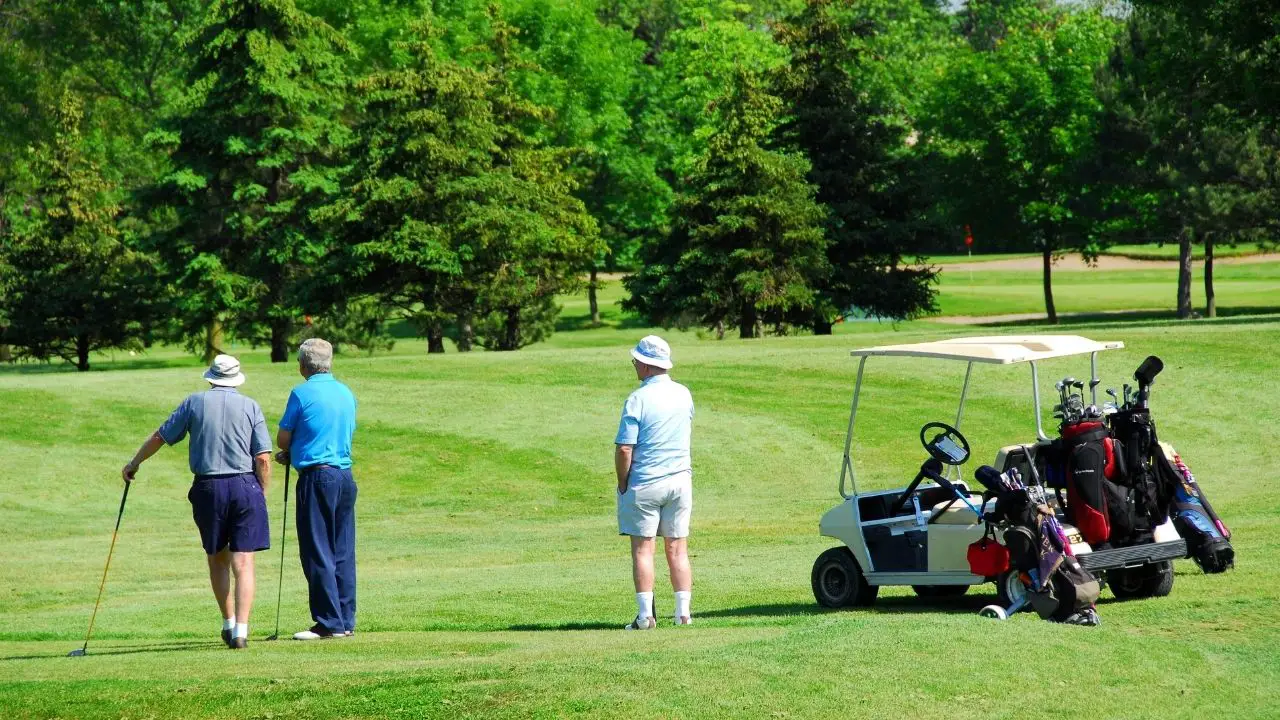Are you looking for ways to make outdoor activities more accessible for disabled individuals?
Whether you’re a parent, teacher, or community leader, there are certain steps you can take to ensure everyone can participate.

Table of Contents
Some Of The Best Ways To Make Outdoor Activities More Accessible For People With Disabilities.
From creating wheelchair-friendly spaces to providing adequate assistance and inclusive programs, these tips will help everyone feel included and safe when enjoying outdoor activities.
Ensure the Area is Wheelchair-Friendly
You can make outdoor activities more accessible for disabled individuals by ensuring the area is wheelchair-friendly. This includes providing paved pathways, ramps, and handrails. Investing resources into creating these routes will give those with disabilities easy access to parks and other outdoor recreation areas, letting them enjoy the outdoors just like anyone else.
Making sure that adequate railing is available along pathways or steps also helps provide support for individuals who need it. Having an accessible route also increases safety, as those in wheelchairs do not have to take alternative routes that may be uneven or otherwise hazardous.
Taking the time to ensure that all aspects of accessibility are taken care of can help create a more enjoyable experience for everyone involved. Additionally, it can help those with disabilities feel included and welcomed when they visit a park or recreational area.
By investing resources into creating accessible routes and ensuring all necessary features are present, you can make outdoor activities available for people of all abilities. This will let more people participate in recreational activities outside while feeling safe and accepted as part of their community.
Provide Adequate Assistance
Offering assistance to those with disabilities can help them experience outdoor adventures like never before. One way to make outdoor activities more accessible is through providing adequate assistance.
This could include access to trained professionals, such as adaptive sports instructors or physical therapists who are familiar with disability awareness and assistive technology.
It also includes allowing individuals the opportunity to bring a support person with them for guidance and moral support.
| Assistive Technology | Disability Awareness |
|---|---|
| Mobility Devices | Education & Training |
| Hearing Aids | Representation |
| Visual Aids | Communication |
Staff members should be aware of the various types of assistive technology that can be used by disabled individuals and ensure their availability onsite.
Assistive technology devices, such as mobility aids, hearing aids, and visual aids, help people take part in activities they may not have been able to do without them.
Equally important is disability awareness education and training for staff members so they can recognize different disabilities at an early stage and provide appropriate resources.
Furthermore, representation efforts should be made to ensure that disabled individuals feel welcome in outdoor recreation spaces while being provided proper opportunities for communication between staff members and participants alike.
In sum, offering assistance helps ensure that everyone has an equal chance of enjoying outdoor activities regardless of any impairments they may have – whether physical or otherwise – by making sure there’s adequate access to both necessary technologies as well as knowledge about disability awareness among staff members.
Create Inclusive Programs

Creating inclusive programs is essential to ensuring that people with disabilities have access to outdoor recreation experiences. Adaptive equipment, accessible trails, and supportive staff are all key components of an inclusive program.
First and foremost, providing adaptive equipment for individuals with disabilities is a must. This could be anything from specialized bicycles to handcycles or wheelchairs designed for off-road terrain. Having the right equipment allows everyone the chance to participate in activities they would otherwise be unable to do without it.
Next, creating accessible trails can make all the difference when it comes to outdoor recreation activities for those with physical limitations. By widening paths, installing ramps and other features that make them easier to traverse, more people can enjoy being outdoors regardless of their ability level.
Finally, having a knowledgeable staff on hand at these sites helps create a welcoming atmosphere that encourages inclusion for all participants no matter their abilities or disabilities.
No one should be excluded from experiencing the joys of nature simply because they have a disability. Making sure these programs are available ensures everyone has the opportunity to take advantage of outdoor recreation activities without feeling like they’re left out or not able to participate due to any physical restrictions they may have.
Conclusion
You have the opportunity to make outdoor activities more accessible for disabled individuals. By making sure the area is wheelchair-friendly, providing adequate assistance, and creating inclusive programs, you can help those with disabilities enjoy the outdoors just as much as everyone else.
With a few simple changes and improvements, you can create an environment where everyone feels welcome and included. Even small adjustments like adding ramps or widening pathways can make a world of difference for those with disabilities.
Let’s come together to increase accessibility and open up outdoor activities to all!

Hi, my name is Eddie, I am a professional trainer specializing in the elderly population and I’m also a website designer. I love training in the gym, going to the beach, traveling, and having good food.
I combined my love for sport and website designing to make “DisabilitEase” whose purpose is to help elderly and disabled people live a more full and active life, have more fun, and enjoy their unique journey despite any disability.



